
It starts not with the rocket’s thunder, but with a quiet, merciless metamorphosis: the instant an astronaut steps out of Earth’s gravity, his or her body begins a journey as transformative as the journey itself. Beyond all the wonder of orbit, the human body enters an alien environment, and each system heart’s steady beat to the unseen legions of the immune system must adjust or perish.

1. Microgravity and the Heart: What the NASA Twins Study Teaches Us
The NASA Twins Study provided a unique glimpse into the physiological transformations caused by microgravity. When Scott Kelly spent 340 days on the International Space Station (ISS), with his identical twin Mark staying on Earth, the findings surprised scientists. Upon return, Scott’s heart had decreased by 27%, due to the heart having a lighter workload in microgravity. As reported in a recent automated heart-on-a-chip test, “Spaceflight EHTs exhibited significantly reduced twitch forces, increased incidences of arrhythmias, and increased signs of sarcomere disruption and mitochondrial damage” Spaceflight-generated contractile and mitochondrial impairment. In silico modeling in the study correlated oxidative stress and mitochondrial impairment with persistent cardiac dysfunction, similar to the Twins Study findings. Even when they return to Earth, astronauts can feel cardiac symptoms that are similar to aging, such as weakened muscles and abnormal heartbeats, some of which will not completely recover The Cardiovascular System in Space.
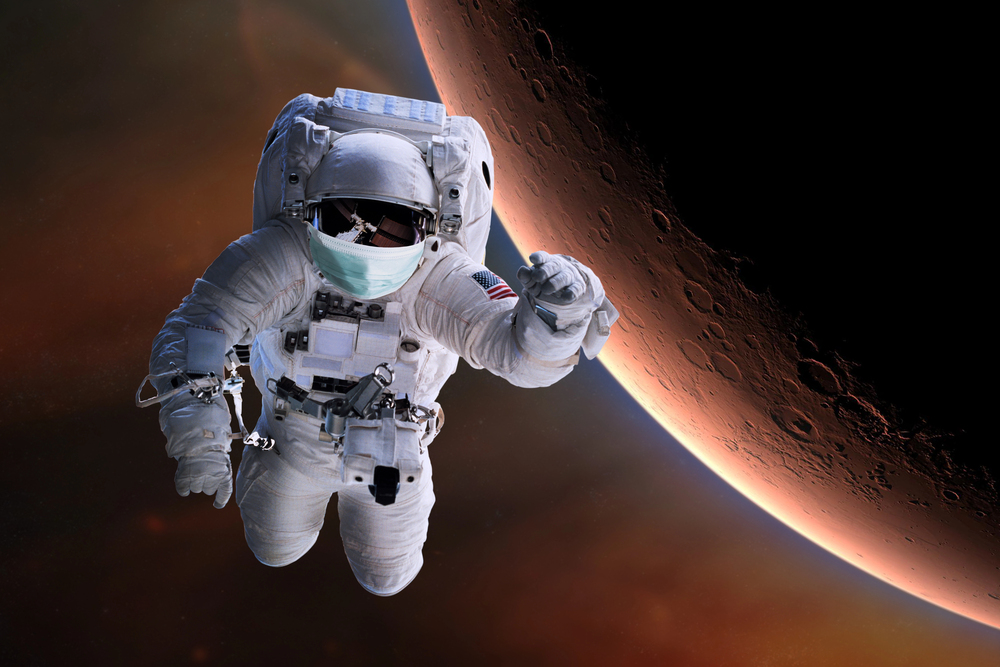
2. Microgravity’s Attack on Bone and Muscle
Microgravity’s attack does not just stop at the heart. Astronauts lose approximately 1% of weight-bearing bone density every month spent in orbit and muscle loss is unavoidable even with intensive exercise programs. The Advanced Resistive Exercise Device (ARED) aboard the ISS provides a degree of protection, but even this advanced piston-driven system cannot entirely substitute the stresses of Earth’s gravity. As the literature emphasizes, “the lack of gravity results in irreversible effects on the human body that may be harmful to mission success beyond low Earth orbit” Artificial Gravity Generation in Deep-space Habitats.
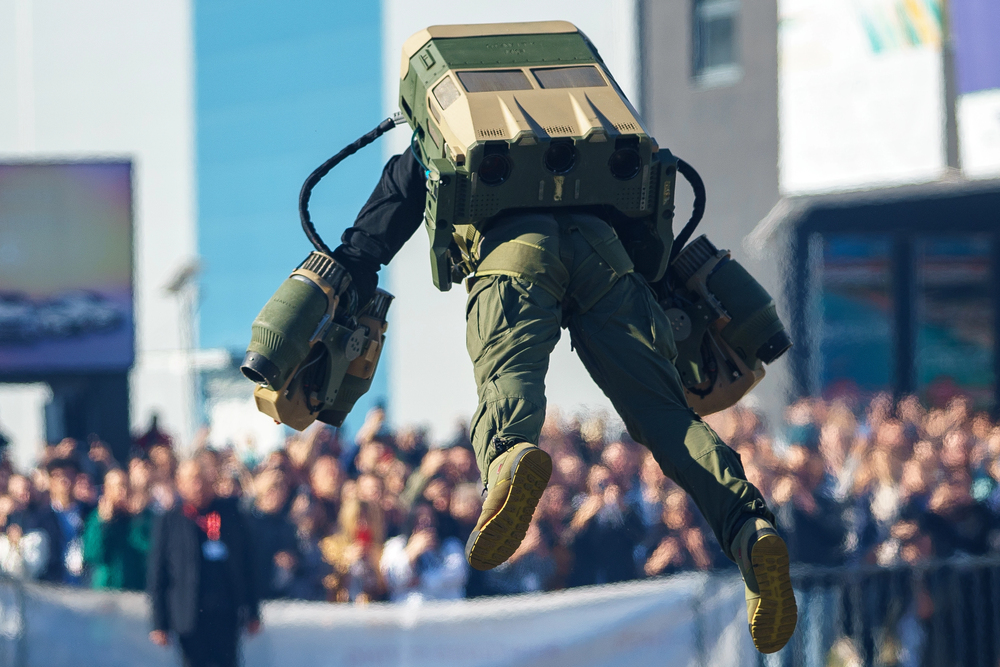
3. Artificial Gravity: Engineering a Countermeasure
Engineers and physiologists have long since realized that piecemeal countermeasures against separate systems are inadequate for long-duration flight. Artificial gravity, produced by rotating habitats or short-radius centrifuges, provides a system-level solution. By emulating gravity, artificial gravity systems can stimulate antigravity muscles, bones, and the cardiovascular and vestibular systems simultaneously. Studies have shown that a habitat rotating at 4 rpm with a 56-meter radius can provide a sensation akin to standing upright on Earth Artificial gravity as a countermeasure. Yet, such designs present formidable engineering challenges: “Structural engineering must ensure that the forces generated by rotation do not cause material fatigue or structural failure,” and the Coriolis effect can induce motion sickness and disorientation Artificial Gravity Generation in Deep-space Habitats. Recent advances in materials science and computational modeling are refining these concepts, but intermittent artificial gravity delivered via short-radius centrifuges may offer a near-term, energy-efficient compromise.
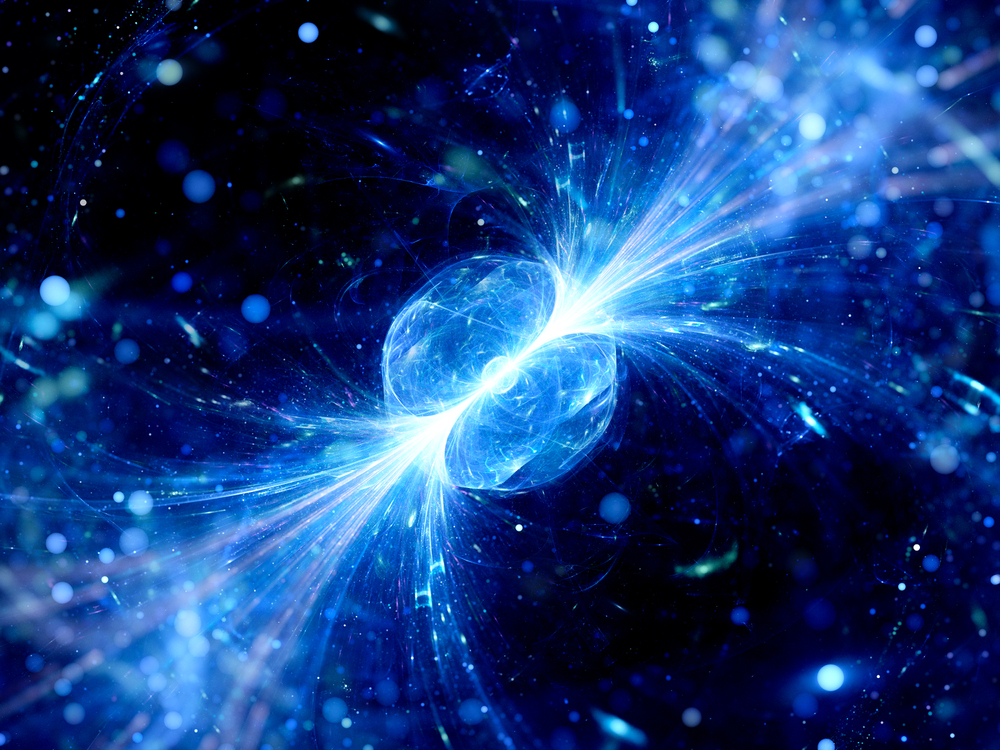
4. The Radiation Hazard: Cancer Risk and Shielding Breakthroughs
Outside the ISS, astronauts are exposed to the full brunt of cosmic radiation. In low Earth orbit, the magnetosphere offers some protection, but six months on the ISS still amounts to the equivalent of 1,000 chest x-rays. With missions further out, exposure to galactic cosmic rays (GCRs) and solar particle events (SPEs) becomes an ever-increasing priority. “Space radiation possesses the qualities of high energy, high LET and high relative biological effectiveness (RBE), which is believed to create harmful and irreparable biological destruction to astronauts at lower dose and dose rate than low-LET radiation,” observes a recent systematic review Carcinogenesis induced by space radiation. NASA constrains astronaut exposures to a 3% probability of exposure-induced cancer death, but the risk model uncertainty is still high, particularly for HZE particles that are capable of producing complex DNA damage as well as aggressive tumor types Space Radiation Risks for Astronauts.

5. Next-Generation Radiation Shielding
Passive shielding continues to be the standard, with hydrogen-containing polymers such as polyethylene used in preference to more conventional materials like lead. The AstroRad vest, made of high-density polyethylene, already has been flown on the ISS and Artemis I, providing selective, anatomically conforming radiation protection Radiation Shielding in Space. Active shielding, with electric or magnetic fields pushing aside charged particles, is still a theory, but the engineering challenge of having fields in the hundreds of megavolts is daunting. Some scientists are working on hybrid concepts, like having lunar or Martian regolith as habitat shielding, or creating wearable vests for walking outside.
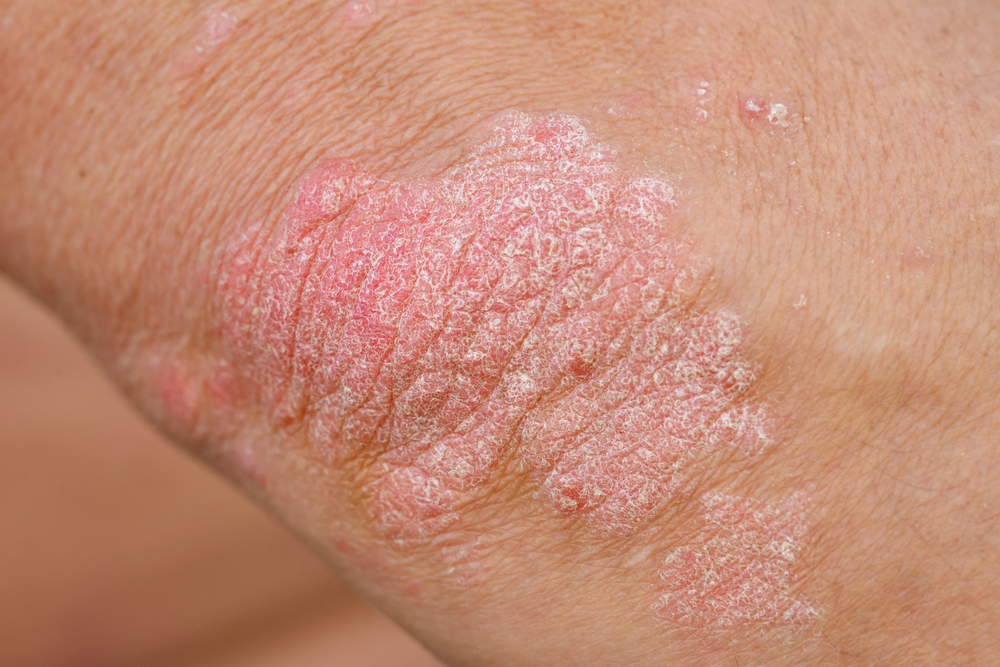
6. The Immune System and the Microbial Void
The ISS is a wonder of sterility, but it comes at a price. Astronauts develop weakened immune systems, chronic rashes, and viral reactivations. A seminal Cell study revealed ISS surfaces contain extremely few microbial species, the vast majority of which originate from astronaut skin, and “the ISS has decreased microbiome diversity relative to other built environments” The International Space Station possesses an extraordinary and extreme chemical and microbial environment. This diminished microbial diversity can weaken immune training, making astronauts susceptible to infection on return to Earth. The answer could paradoxically lie in importing controlled microbial diversity into space environments, the opposite of three decades of engineering ethos.

7. The Gut Microbiome: An Unstable Balance in Space
Spaceflight on long-duration missions changes the gut microbiome, with fluctuations in central bacterial groups like Bacteroidetes and Firmicutes. Whereas some changes reverse on return to Earth, others are sustained, with untested long-term implications for health. As one review mentions, “the microbiome is crucial to day-to-day physiological processes, and changes in microbiome composition and function have been associated with human disease” Understanding the Complexities and Changes of the Astronaut Microbiome. Countermeasures that are being studied include personalized prebiotics, probiotics, and even postbiotics to ensure microbial balance on long-duration missions.
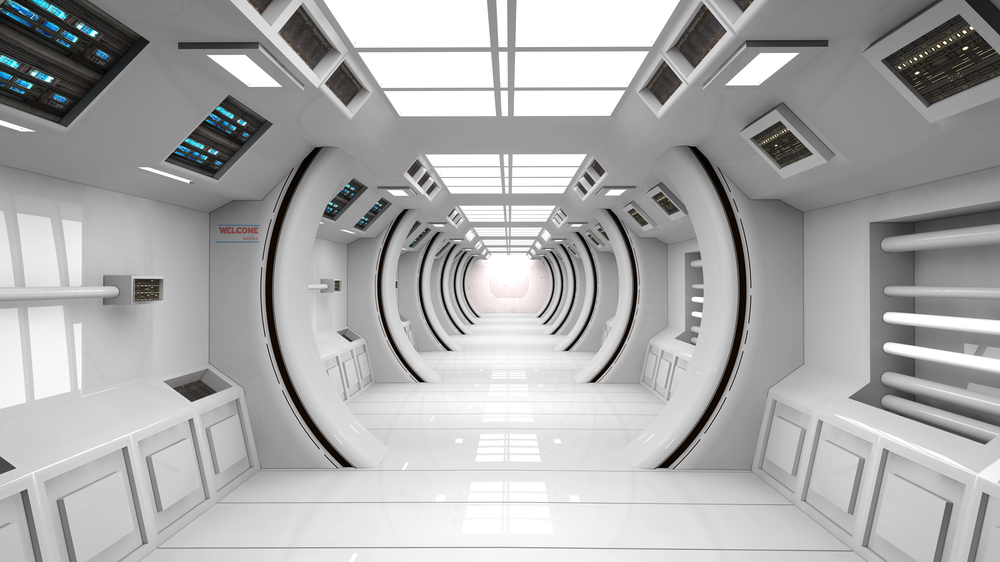
8. Psychological Stressors and Engineering for Well-being
Isolation, confinement, and altered circadian rhythms exacerbate the physiological stresses of space. The ISS is a cacophony of sounds, with crew members exposed to levels similar to rush-hour traffic. Engineering solutions now include mindfulness protocols, personal communication windows, and even changes in architecture to minimize noise and enhance habitability. As mentioned, “psychological countermeasures involve astronaut selection, training, and in-flight support,” but incorporating human factors engineering everything from lighting to privacy will be key to the next generation of habitats The Cardiovascular System in Space.

The mission is clear: to take humans further out into space, engineering and biomedical science must meet, designing habitats that do more than sustain life, but protect against the quiet, gradual bite of the cosmos.


